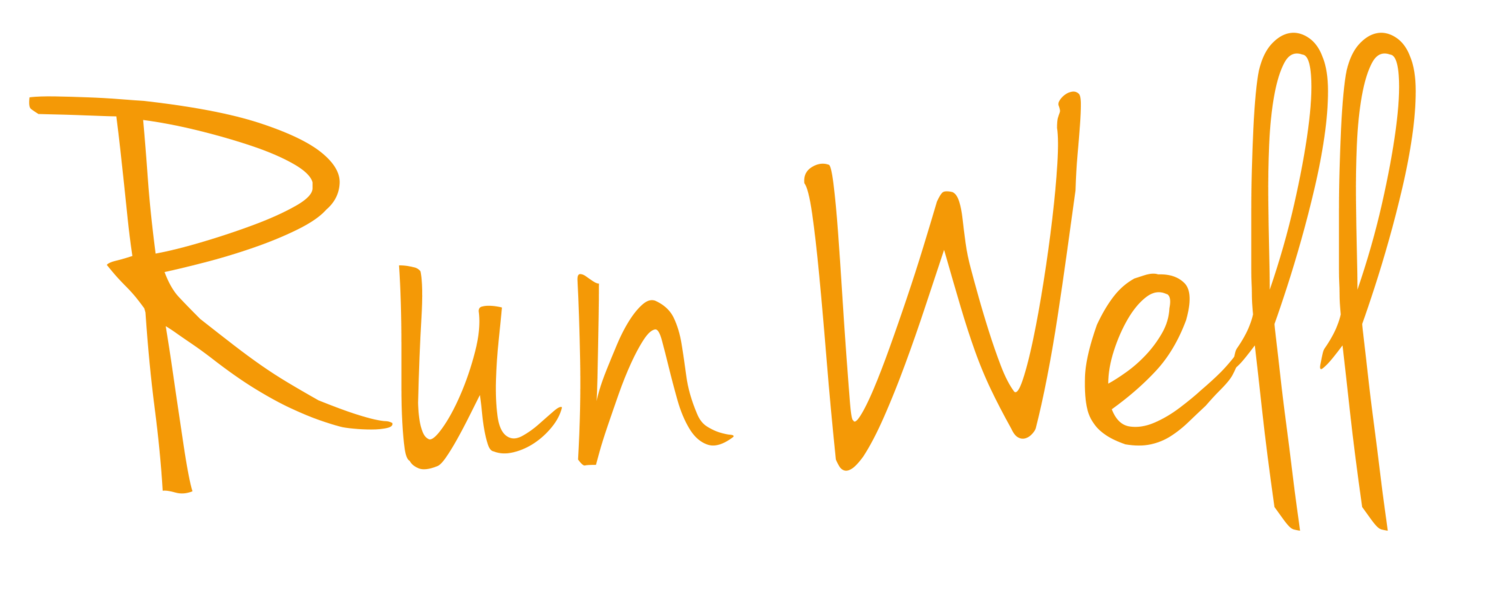I was happy to receive my regular email from the Melbourne Marathon Festival group this week. As usual it is full of interesting and motivational information. This update also featured the new My ASICS training program App that naturally I was most interested in.
The My ASICS App certainly looks very slick, is easy to use and follow as I entered my projected marathon time, event date and age to receive my free program. It popped up very quickly, and looked great at first glance. Too easy, i thought.
I like to do this to compare my own Run Well training principles and program with what else is on offer. I could choose between 2, 3 & 4 days training per week, and so i compared all three. And this is where my concerns began. The longest long run of 37km was 78%, 71% & 65% of the total weekly mileage, and performed at race pace!
Arguably the most important run for your marathon training program is the Long Run, which should always follow strict guidelines or principles governing the pace (intensity), distance or duration of the run. Importantly, we must consider the mileage this run and the % of the total weekly mileage it represents. It is advisable that this be kept below 50%, with some coaches preferring it even lower. This allows for gradual and cumulative adaptation of your fitness & conditioning, rather than trying to get it all in one session of the week.
In addition, the pace of your Long Run is critical to how your body adapts to endurance running concerning energy systems and energy production, and importantly how much impact this run has on your ability to recover from run to run, and week to week. Running too much, too fast will invariably cause overload, and you risk failing to recover and becoming injured.
These principles are based on many years of solid research from the most respected marathon running coaches in the world and ensure slow and gradual adaptation to run long distances, but also very importantly guard against overtraining, and hence injury!
Here's some Important tips about Long Runs;
1. They need to be run slowly, alot slower than Race Pace, right up at the edge of your aerobic threshold ideally. This is calculated to develop your aerobic capacity & endurance, critical for running beyond 2 hours, such as in the marathon. ( this can be calculated for you!).
2. Run your Long Runs too fast and you not only risk using too much glycogen in training, but you fail to develop your aerobic capacity, which will leave you short come race day, meaning you are likely to 'hit the wall'.
3. In addition, running Long Runs too fast, particularly close to or at Race Pace takes big toll on your body which you will find out after your marathon race. As such, it is difficult for your body to recover for the next run of the week, giving rise to overload and injury.
As a Running Coach and Osteopath for over 24 years I have seen many injured runners in my time. Most injuries are the result of training overload due to inappropriate training programs that are not designed to meet a runners personal needs.
By ignoring the common mistakes that many marathon runners make. you risk being under-prepared or worse getting yourself injured, and becoming a non-starter, or a non-finisher.
If you want to give yourself the best chance of being a finisher, and having an enjoyable marathon experience please consider a personalised program. You deserve it!
Be A FINISHER!
Whether you're a first timer marathoner or looking for a PB, we can help you at RUN WELL with a personalised program that follows trusted training methods to get the right balance of training for maximum performance whilst reducing injury risk.
It's not to late, enquire here.



